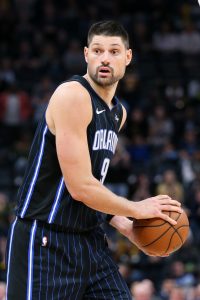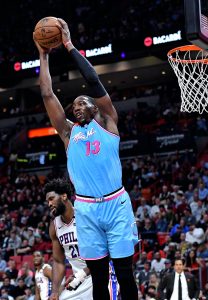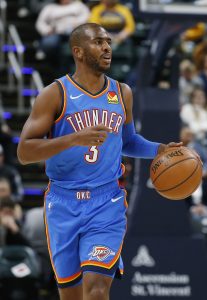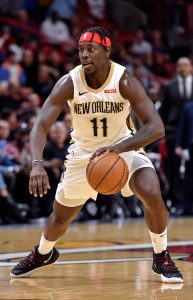On Sunday night, ESPN aired the final two hours of The Last Dance, its 10-part documentary series that told the story of the Bulls‘ 1997/98 season, with a number of entertaining digressions along the way.
With nearly every North American professional sport on a hiatus for the time being, the Michael Jordan-centric series was well-timed. It dominated the discussion among basketball fans for five weeks while appealing to more casual viewers as well.
For older viewers, it was an opportunity to relive the Bulls’ dynasty of the 1990s while perhaps learning some new details along the way. For younger viewers who didn’t get a chance to follow Jordan in his prime, it was perhaps more illuminating, offering the opportunity to explore iconic NBA moments such as MJ’s series-winning shot over Cleveland in 1989, his rivalry with the Bad-Boy Pistons, and his return from an 18-month stint as a baseball player.
Even now that the documentary has finished airing, there are no shortage of topics to discuss. For instance, did 1998 really have to be the “last dance” for that Bulls dynasty? ESPN’s Ramona Shelburne explored this morning whether the team could have been kept intact beyond that season.
ESPN’s Royce Young, meanwhile, notes that Jordan said in the last installment of the doc that he would’ve been willing to sign up for one more year if the rest of the team’s key players were brought back too; on the other hand, ESPN’s Bobby Marks (Twitter link) expresses some skepticism that Scottie Pippen would have been on board to return when he had a massive offer from Houston waiting for him in free agency.
Of course, the ongoing Jordan vs. LeBron James debate hasn’t lost any momentum in recent weeks, though an ESPN survey suggests that The Last Dance may have helped tip the scales in further in Jordan’s favor when it comes to public opinion. According to ESPN’s poll, 73% of respondents now believe Jordan is the superior overall player.
We want to know what you think. Could the Bulls have won a seventh title if they’d brought back the 1998 team, or was it the right call for that version of the club to go out on top? Did The Last Dance change – or solidify – your stance in the Jordan/LeBron debate?
Outside of those topics, we want to know what you thought about the documentary in general. What were you favorite moments or episodes? Were you surprised by anything you learned over the course of those 10 episodes? Were you disappointed by details that may have been left out? Did you think the story of Jordan and the Bulls was well told?
And, of course, do you buy Jordan’s claim that he didn’t really push off Bryon Russell in Game 6 of the 1998 Finals?
Head to the comment section below to share your thoughts on The Last Dance!





